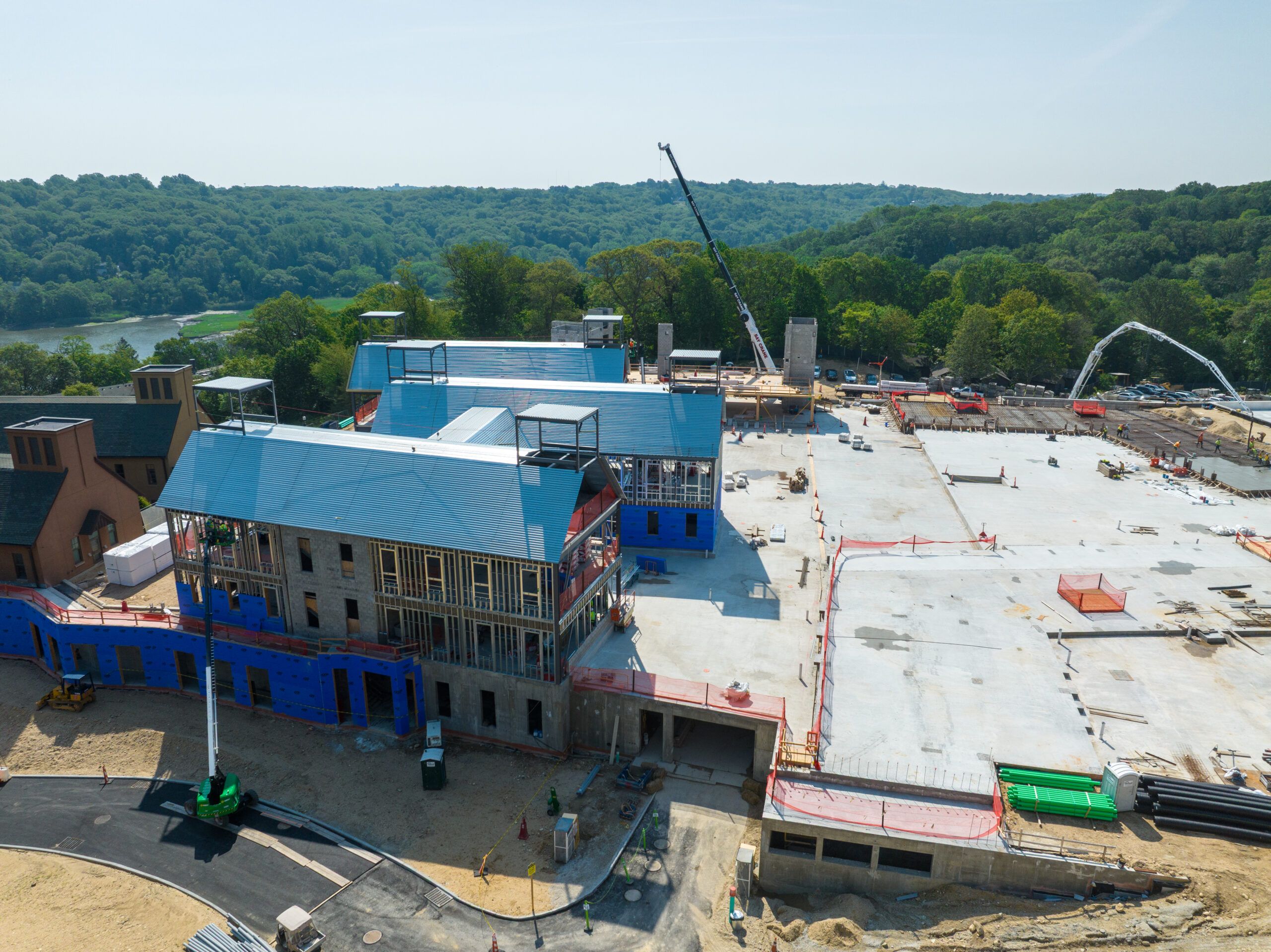Proper planning is the foundation of a successful backyard transformation. Begin by evaluating the available space and considering factors such as size, layout, and sunlight exposure. Each backyard has unique characteristics and understanding them will help you make better decisions. For instance, think about the primary purpose of the space. Do you want a relaxing retreat, a functional area for entertaining, or a vibrant garden full of seasonal blooms? Defining your goals early ensures a clear direction for your project.
Climate and soil condition in your place also plays an important role. Choose plants according to your climate region so it will be easier to maintain. Also, consider your preferences for the designs—modern, rustic, or eclectic—to give the landscape a theme. You may draw a basic layout to make you visualize placing plants, walkways, or any other embellishments like seats or water. This should not be too complicated but provides a roadmap to transform your backyard into an inviting and well-organized space.
Selecting the Right Plants for a Balanced Design
Choosing plants wisely is crucial for a harmonious backyard design. It’s important to strike a balance between aesthetic appeal and practicality. Start by thinking about the size and growth habits of different plants. Larger trees or shrubs can create natural boundaries or provide shade, while smaller plants and flowers add texture and color.
When selecting plants, consider seasonal interest. Opt for a mix of evergreens, perennials, and seasonal blooms to ensure that your backyard remains vibrant throughout the year. This approach creates a dynamic landscape that evolves over time, offering year-round enjoyment.
You’ll also want to think about the maintenance level. Native plants often require less care, as they’re adapted to the local environment. Meanwhile, ornamental species might demand more attention but can serve as focal points in your design.
Positioning is equally important. Group plants with similar water and sunlight needs together to simplify care. This not only improves the health of your garden but also contributes to an organized and visually appealing layout. Thoughtful planning ensures that your backyard thrives, making it an enjoyable space. Whether you’re tackling the project yourself or using hard loans to hire professionals, a well-designed plant layout can make all the difference.
Incorporating Functional Features into Your Backyard
A well-designed backyard is more than just a collection of plants. Functional elements like seating areas, pathways, and lighting play a significant role in creating a usable and inviting space. Start by identifying zones within your yard. For instance, designate a quiet corner for relaxation, an open area for gatherings, or a playful spot for kids.
Pathways are another key feature. They guide movement through the garden and add structure to the design. Materials like stone, wood, or gravel can be used to create durable and attractive walkways that complement the surrounding plants. Key functional features to consider include:
- Pathways: Define clear routes using stone, wood, or gravel to create structure and guide movement.
- Lighting: Install solar-powered lights or string lights to enhance safety and extend evening use.
- Seating areas: Add benches, hammocks, or outdoor tables to create comfortable spaces for relaxation or dining.
- Focal points: Incorporate fire pits, water features, or decorative sculptures for added visual interest.
Choose outdoor furniture made of weather-resistant materials, such as treated wood or metal, to ensure durability and a long-lasting setup. These functional elements not only make your backyard practical but also elevate its overall appeal, turning it into a welcoming outdoor retreat.
Enhancing Your Backyard with Personal Touches
Adding personal touches makes your backyard unique and reflective of your style. Start by incorporating decorative elements like sculptures, water features, or even DIY projects that showcase your creativity. These elements can serve as focal points and elevate the overall aesthetic of the space.
Consider using color to express your personality. Brightly colored planters, cushions, or outdoor rugs can instantly liven up the area. Additionally, incorporating art pieces like wind chimes, wall hangings, or garden stakes adds charm and character.
For a more immersive experience, consider sensory features. A small fountain or pond introduces soothing water sounds, while fragrant plants like lavender or jasmine enhance the sensory appeal of your garden. These details create a multidimensional outdoor space that’s both relaxing and stimulating.
Don’t be afraid to experiment with unconventional ideas. Repurposed materials, vertical gardens, or unique furniture arrangements can make your backyard stand out. The key is to let your imagination guide you while maintaining harmony with the overall design.
Maintaining Your Backyard Park for Long-Term Beauty
Keeping your backyard park beautiful and functional requires consistent care. Regular maintenance tasks like watering, pruning, and cleaning ensure that your outdoor space remains vibrant and inviting.
Set up a routine to address basic tasks. For example, watering early in the morning minimizes evaporation and keeps plants hydrated throughout the day. Seasonal adjustments, such as mulching in the summer or protecting plants during winter, help your garden adapt to changing conditions.
Inspect your plants regularly for pests or diseases. Early detection and treatment prevent problems from spreading and protect the health of your entire garden. Investing in quality gardening tools can make these tasks easier and more efficient.
Lastly, remember that even a small effort goes a long way. Consistently tending to your backyard keeps it in excellent shape, allowing you to enjoy your personalized outdoor retreat for years to come.











